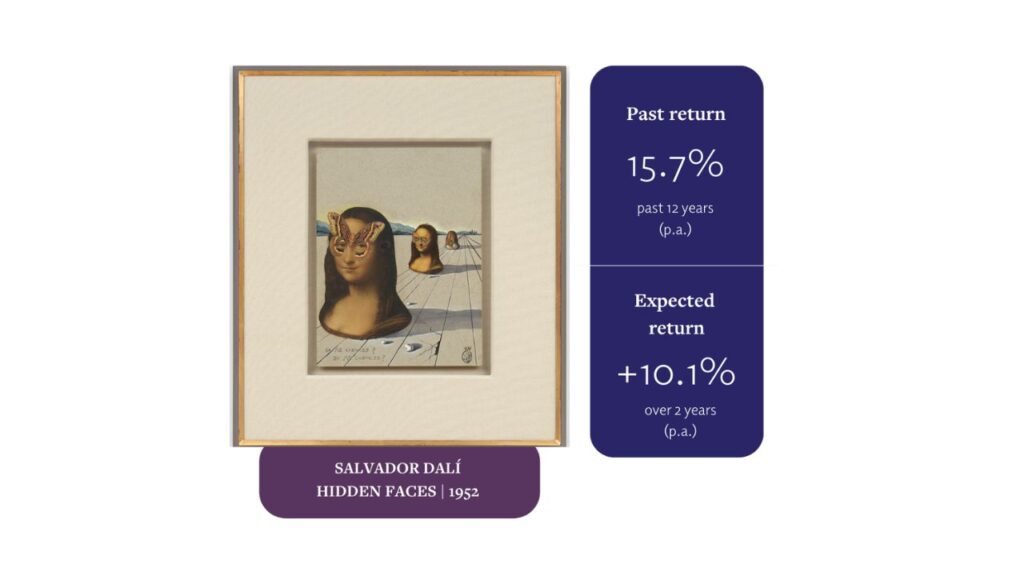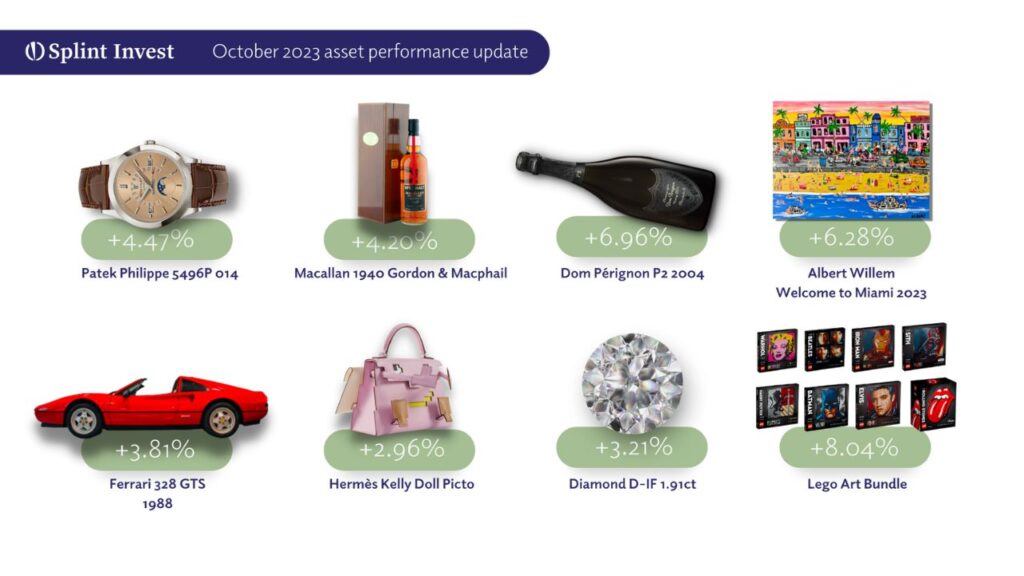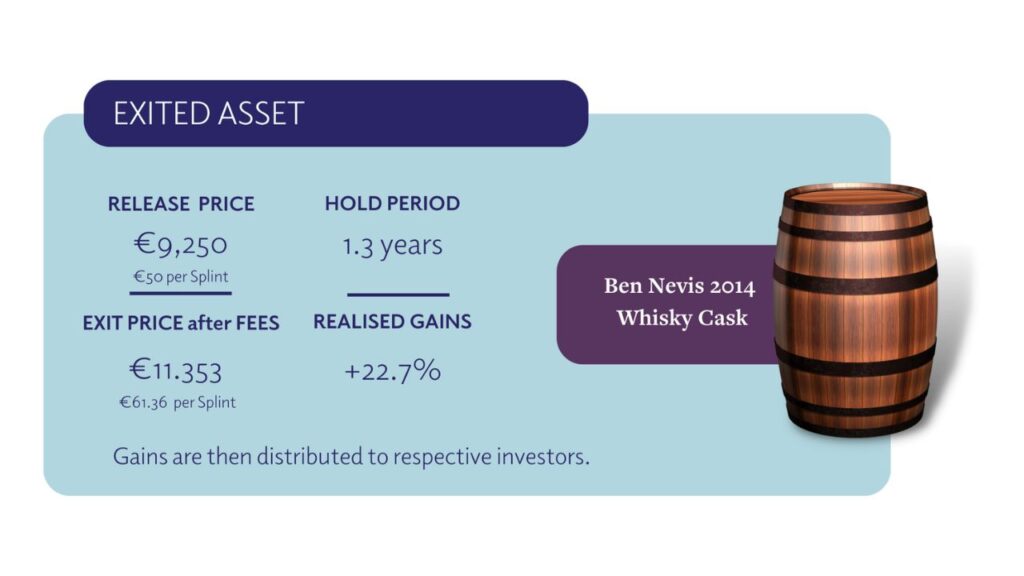Alternative investments have long been the stronghold of the ultra-wealthy. Wealthy individuals have up to 50% of their assets in alternative investments, but they are now becoming accessible to a broader range of investors, including those traditionally not involved in these markets.
As the landscape of investing evolves, understanding the nuances and benefits of alternative investments can significantly diversify and protect your portfolio against volatility. Here’s what you need to know to navigate this complex field.
What are alternative investments?
Alternative investments (also known as alternative assets) are a wide plethora of assets outside of conventional capital stocks, bonds, and cash. The term includes tangible assets like precious metals and stones, collectibles (art, rare wine & whisky, vintage cars, antiques etc.), luxury goods (e.g. Patek Philippe watch, or a Birkin bag) and some financial assets such as private equity, commodities, P2P lending.
Unlike traditional investments, alternatives often require more specialized knowledge for effective management, but they offer diversified risk and return profiles that can enhance a portfolio’s performance, especially in turbulent times.
Popular types of alternative investments
- Art and Collectibles: This category includes paintings, sculptures, rare wines, and vintage cars. Not only do these assets provide aesthetic pleasure, but they have also shown substantial appreciation over time.
- Precious Metals and Stones: Investments in gold, silver, platinum, and diamonds offer a hedge against inflation and currency devaluation.
- Luxury Goods: High-value items like Rolex watches or Hermès handbags can accumulate value and are often considered ‘passion investments.’
- Real Estate: Includes both residential and commercial properties, as well as real estate investment trusts (REITs).
- Private Equity and Hedge Funds: These funds invest in companies (typically private ones) and attempt to restructure or grow them for higher returns.
- Commodities: Physical goods like oil, natural gas, and agricultural products are common commodities investments.
Alternative investments have been known to ultra-high net worth individuals for decades, making a significant part of their portfolio.
According to recent research by the Motley Fool, one of the biggest financial portals globally, ultra-high net worth investors have up to 50% of their assets in alternative investments, while retail investors have only about 5% of their portfolios in alternatives.
However, more retail investors are now looking into diversification of their portfolio with alternative assets. One of the most popular categories to go to is art- in 2022, the global art trading volume equalled $67.8 BN. In the last decade, assets in this category grew by 109% in total, according to Knight Frank Luxury Investment Index. And here we are talking not only about paintings by geniuses like Picasso, but also contemporary rising artists.
What has prevented regular people from investing in these assets?
There are several reasons why retails investors were not able to enjoy diversifying their portfolio with alternative assets in the past:
- High entry barriers: vast majority of investors cannot afford purchasing e.g. a £433.000 “Hidden Faces” by Salvador Dali or £61.500 Patek Philippe Grand Complications.
- Specific expertise and handling required: how to verify the authenticity and quality conditions of various assets? How to handle storage and maintenance of a Macallan whisky cask or Ferrari 348TB? Historically it was handled by private banking or special consultants.
- Limited access for buyers: even if a person decides to invest in a Rolex watch, it’s not this simple, as usually you need to sign up into the waiting list to be notified on available options.

The rise of fractional investments
Fractional investments, being fully regulated now in Switzerland and EU, help to overcome the first big blocker for retail investors.
Fractional investment means that an investor purchases a percentage or share of an asset instead of paying the full price. This enables those with less access to capital or looking to diversify over several kinds of assets to get a stake in areas like real estate, aviation, and fine art. E.g. one could invest 50 or 500 in a piece of art, benefiting proportionally from asset’s performance, being legally registered as a fractional owner of a particular asset.
And the second and third blockers are now solved by financial organizations, handling expertise and operational topics for fractional investors.
Why are alternative investments gaining popularity?
The increasing interest in alternative investments can be attributed to several factors:
- Hedge against inflation. High-quality diamonds or platinum bars has <3% monthly volatility, while has a correlation of <0.26 to global equities. (source: Bloomberg).
- Increase your wealth. According to Knight Frank’s Luxury Investment Index, categories as art, rare whisky & luxury watches had a return of over 10% p.a. in the recent decade, often outperforming DAX 40 or S&P 500.
- Combine investment pragmatism with your beliefs & passions. Whether you seek for sustainable investment options or would like to combine your hobby (stamps, vintage cars, Lego) with financial gains, alternative assets sometimes are named passion investments.
Comparing returns: Alternative vs. traditional investments
While alternative investments can offer higher returns, they also come with their own set of risks and challenges. The returns on these types of investments are highly variable. Art and collectables can provide high returns. However, they also require more knowledge and active management to maintain their value and ensure authenticity.
Alternative assets are very diverse. Depending on your investment goals you could face opportunities of very low volatility and expected returns of 2-3% p.a. Meanwhile, other (surely riskier) options like art pieces of rising art-starts could get you over 20% returns p.a.

Best advice to someone considering investing in this way?
While starting your alternative investment journey, invest in different categories to properly diversify your portfolio. Unless you are ready to spend significant amounts of time on learning about different categories and selecting assets, find a credible partner or intermediary to help you with it.
Splint Invest, the biggest player in this niche in Switzerland, understands those challenge. They help private investors diversify their portfolio by providing easy access to alternative investments. Splint Invest is a registered financial institution in Switzerland, regulated by VQF (Nr. 100956). Their app empowers investors to start their alternative investment journey with as little as 50 EUR. We are glad to offer Alpian users a 60 EUR welcome bonus with the code “Alpian60”* – so they can test the whole process without investing their own money. Click here to download the app, find Splint Invest app on App Store or Google Play or visit www.splintinvest.com. Happy diversification with alternatives!

*Please note that the offer is valid for new users only.
The power and penalties of diversification
To learn more about how to diversify your portfolio, and what the advantages and disadvantages are that come with it, click the button below to read our article.



